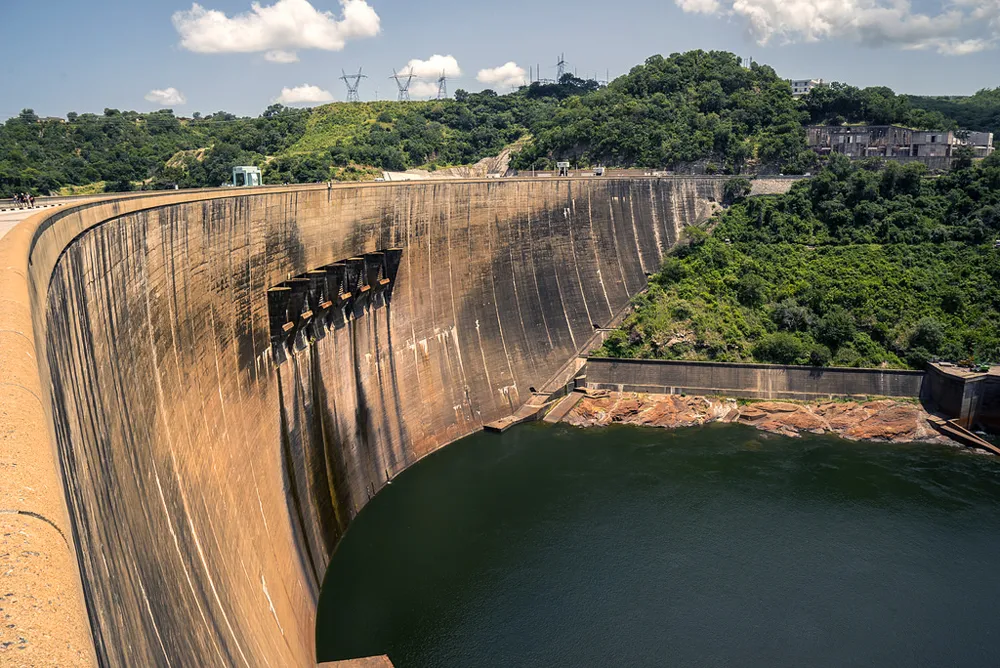Zambia is preparing for daily power outages lasting up to 17 hours, starting next month, as a persistent drought continues to dry up its hydropower dams. This severe shortage of electricity is expected to disrupt economic activities and place jobs at risk.
The southern African nation has been gradually reducing its power supply since declaring a national disaster in February due to the drought. In response, Zambia has been importing electricity from neighbouring countries. However, with the hydropower dams—responsible for over 80 percent of the country’s electricity—nearly depleted, the government announced last week that the current 14-hour power cuts, introduced in July, will be extended to 17 hours per day.
Energy Minister Makozo Chikote confirmed the new measures will commence on 1st September but did not specify how long they would remain in place. Normally, Zambia’s rainy season begins around November, which could offer some relief.

The Kariba Dam, the country’s largest hydroelectric power source, now holds just 10 percent of the water needed for electricity generation, according to the minister. The Kariba power station is expected to cease operations in September, while the Itezhi-Tezhi hydropower dam has already shut down one of its two turbines in July due to low water levels.
In addition, the Maamba coal-fired power plant is scheduled for maintenance in September, further reducing the supply of megawatts to the national grid.
Zambians are already struggling to cope with the ongoing power cuts, especially those who rely on electricity for their livelihoods, such as small businesses like butcheries and hair salons. Many residents are being forced to adapt to unpredictable power availability.
The government is urging citizens to adopt solar panels and energy-efficient appliances. Solar lighting company SunnyMoney Zambia reported a sales increase of over 540 percent for its products.
To mitigate the power crisis, the government has announced plans to import more electricity from South Africa and the regional Southern African Power Pool. However, an attempt by state power company ZESCO to raise tariffs by up to 156 percent to cover import costs was blocked by the energy board, which warned that such a hike could lead to job losses and higher living expenses.
In June, the International Monetary Fund revised Zambia’s economic growth forecast for this year from 4.7 percent to 2.3 percent due to the drought, which is also affecting food production.
According to the World Food Programme, more than half of Zambia’s 19.6 million people live below the poverty line, and the drought has raised concerns about food insecurity across southern Africa.


